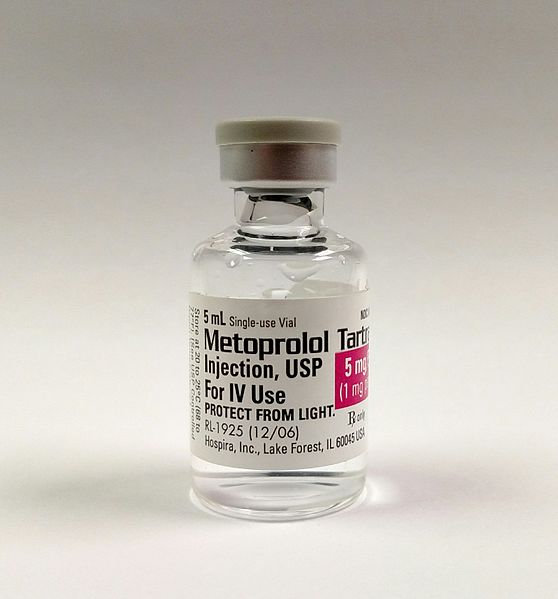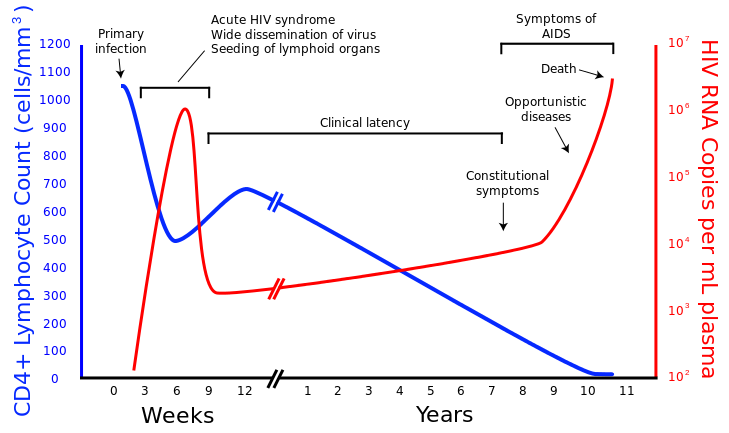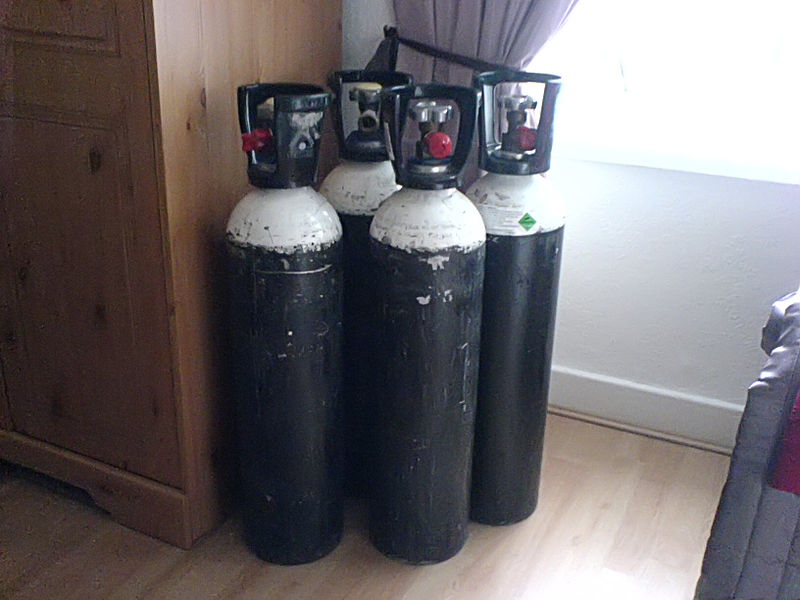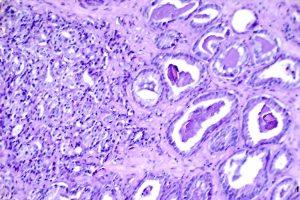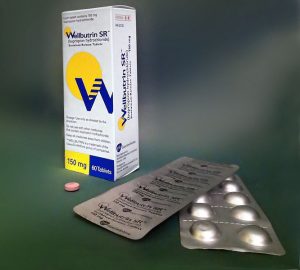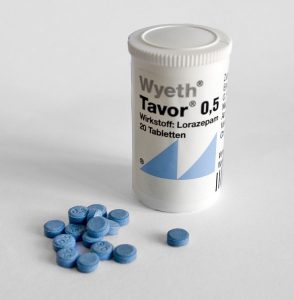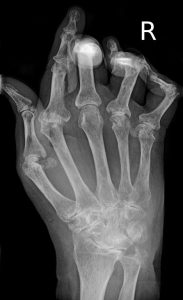
“Clinical and Radiographic Outcomes of Four Different Treatment Strategies in Patients with Early Rheumatoid Arthritis (the BeSt Study).”
Arthritis & Rheumatism. 2005 Nov;52(11):3381-3390. [free full text]
—
Rheumatoid arthritis (RA) is among the most prevalent of the rheumatic diseases with a lifetime prevalence of 3.6% in women and 1.7% in men [1]. It is a chronic, systemic, inflammatory autoimmune disease of variable clinical course that can severely impact physical functional status and even mortality. Over the past 30 years, as the armamentarium of therapies for RA has exploded, there has been increased debate about the ideal initial therapy. The BeSt (Dutch: Behandel-Strategieën “treatment strategies”) trial was designed to compare, according to the authors, four of “the most frequently used and discussed strategies.” Regimens incorporating traditional disease-modifying antirheumatic drugs (DMARDs), such as methotrexate, and newer therapies, such as TNF-alpha inhibitors, were compared directly.
The trial enrolled 508 DMARD-naïve patients with early rheumatoid arthritis. Pertinent exclusion criteria included history of cancer and pre-existing laboratory abnormalities or comorbidities (e.g. elevated creatinine or ALT, alcohol abuse, pregnancy or desire to conceive, etc.) that would preclude the use of various DMARDs. Patients were randomized to one of four treatment groups. Within each regimen, the Disease Activity Score in 44 joints (DAS-44) was assessed q3 months, and, if > 2.4, the medication regimen was uptitrated to the next step within the treatment group.
Four Treatment Groups
- Sequential monotherapy: methotrexate (MTX) 15mg/week, uptitrated PRN to 25-30mg/week. If insufficient control, the following sequence was pursued: sulfasalazine (SSZ) monotherapy, leflunomide monotherapy, MTX + infliximab, gold with methylprednisolone, MTX + cyclosporin A (CSA) + prednisone
- Step-up combination therapy: MTX 15mg/week, uptitrated PRN to 25-30mg/week. If insufficient control, SSZ was added, followed by hydroxychloroquine (HCQ), followed by prednisone. If patients failed to respond to those four drugs, they were switched to MTX + infliximab, then MTX + CSA + prednisone, and finally to leflunomide.
- Initial combination therapy with tapered high-dose prednisone: MTX 7.5 mg/week + SSZ 2000 mg/day + prednisone 60mg/day (tapered in 7 weeks to 7.5 mg/day). If insufficient control, MTX was uptitrated to 25-30 mg/week. Next, combination would be switched to MTX + CSA + prednisone, then MTX + infliximab, then leflunomide monotherapy, gold with methylprednisolone, and finally azathioprine with prednisone.
- Initial combination therapy with infliximab: MTX 25-30 mg/week + infliximab 3 mg/kg at weeks 0, 2, 6, and q8 weeks thereafter. There was a protocol for infliximab-dose uptitration starting at 3 months. If insufficient control on MTX and infliximab 10 mg/kg, patients were switched to SSZ, then leflunomide, then MTX + CSA + prednisone, then gold + methylprednisolone, and finally AZA with prednisone.
Once clinical response was adequate for at least 6 months, there was a protocol for tapering the drug regimen.
The primary endpoints were: 1) functional ability per the Dutch version of the Health Assessment Questionnaire (D-HAQ), collected by a blinded research nurse q3 months and 2) radiographic joint damage per the modified Sharp/Van der Heijde score (SHS). Pertinent secondary outcomes included DAS-44 score and laboratory evidence of treatment toxicity.
At randomization, enrolled RA patients had a median duration of symptoms of 23 weeks and median duration since diagnosis of RA of 2 weeks. Mean DAS-44 was 4.4 ± 0.9. 72% of patients had erosive disease. Mean D-HAQ score at 3 months was 1.0 in groups 1 and 2 and 0.6 in groups 3 and 4 (p < 0.001 for groups 1 and 2 vs. groups 3 and 4; paired tests otherwise insignificant). Mean D-HAQ at 1 year was 0.7 in groups 1 and 2 and 0.5 in groups 3 and 4 (p = 0.010 for group 1 vs. group 3, p = 0.003 for group 1 vs. group 4; paired tests otherwise insignificant). At 1 year, patients in group 3 or 4 had less radiographic progression in joint damage per SHS than patients in group 1 or 2. Median increases in SHS were 2.0, 2.5., 1.0, and 0.5 in groups 1-4, respectively (p = 0.003 for group 1 vs. group 3, p < 0.001 for group 1 versus group 4, p = 0.007 for group 2 vs. group 3, p < 0.001 for group 2 vs. group 4). Regarding DAS-44 score: low disease activity (DAS-44 ≤ 2.4) at 1 year was reached in 53%, 64%, 71%, 74% of groups 1-4, respectively (p = 0.004 for group 1 vs. group 3, p = 0.001 for group 1 vs. group 4, p not significant for other comparisons). There were no group differences in prevalence of adverse effects.
Overall, among patients with early RA, initial combination therapy that included either prednisone (group 3) or infliximab (group 4) resulted in better functional and radiographic improvement than did initial therapy with sequential monotherapy (group 1) or step-up combination therapy (group 2). In the discussion, the authors note that given the treatment group differences in radiographic progression of disease, “starting therapy with a single DMARD would be a missed opportunity in a considerable number of patients.” Contemporary commentary by Weisman notes that “the authors describe both an argument and a counterargument arising from their observations: aggressive treatment with combinations of expensive drugs would ‘overtreat’ a large proportion of patients, yet early suppression of disease activity may have an important influence on subsequent long‐term disability and damage.”
Fourteen years later, it is a bit difficult to place the specific results of this trial in our current practice. Its trial design is absolutely byzantine and compares the 1-year experience of a variety of complex protocols that theoretically have substantial eventual potential overlap. Furthermore, it is difficult to assess if the relatively small group differences in symptom (D-HAQ) and radiographic (SHS) scales were truly clinically significant even if they were statistically significant. The American College of Rheumatology 2015 Guideline for the Treatment of Rheumatoid Arthritis synthesized the immense body of literature that came before and after the BeSt study and ultimately gave a variety of conditional statements about the “best practice” treatment of symptomatic early RA. (See Table 2 on page 8.) The recommendations emphasized DMARD monotherapy as the initial strategy but in the specific setting of a treat-to-target strategy. They also recommended escalation to combination DMARDs or biologics in patients with moderate or high disease activity despite DMARD monotherapy.
References / Additional Reading:
1. “The lifetime risk of adult-onset rheumatoid arthritis and other inflammatory autoimmune rheumatic diseases.” Arthritis Rheum. 2011 Mar;63(3):633-9. [https://www.ncbi.nlm.nih.gov/pubmed/21360492]
2. BeSt @ Wiki Journal Club
3. “Progress toward the cure of rheumatoid arthritis? The BeSt study.” Arthritis Rheum. 2005 Nov;52(11):3326-32.
4. “Review: treat to target in rheumatoid arthritis: fact, fiction, or hypothesis?” Arthritis Rheumatol. 2014 Apr;66(4):775-82. [https://www.ncbi.nlm.nih.gov/pubmed/24757129]
5. “2015 American College of Rheumatology Guideline for the Treatment of Rheumatoid Arthritis” Arthritis Rheumatol. 2016 Jan;68(1):1-26
6. RheumDAS calculator
Summary by Duncan F. Moore, MD
Image Credit: Braegel, CC BY 3.0, via Wikimedia Commons
